Physical Address
304 North Cardinal St.
Dorchester Center, MA 02124
Physical Address
304 North Cardinal St.
Dorchester Center, MA 02124
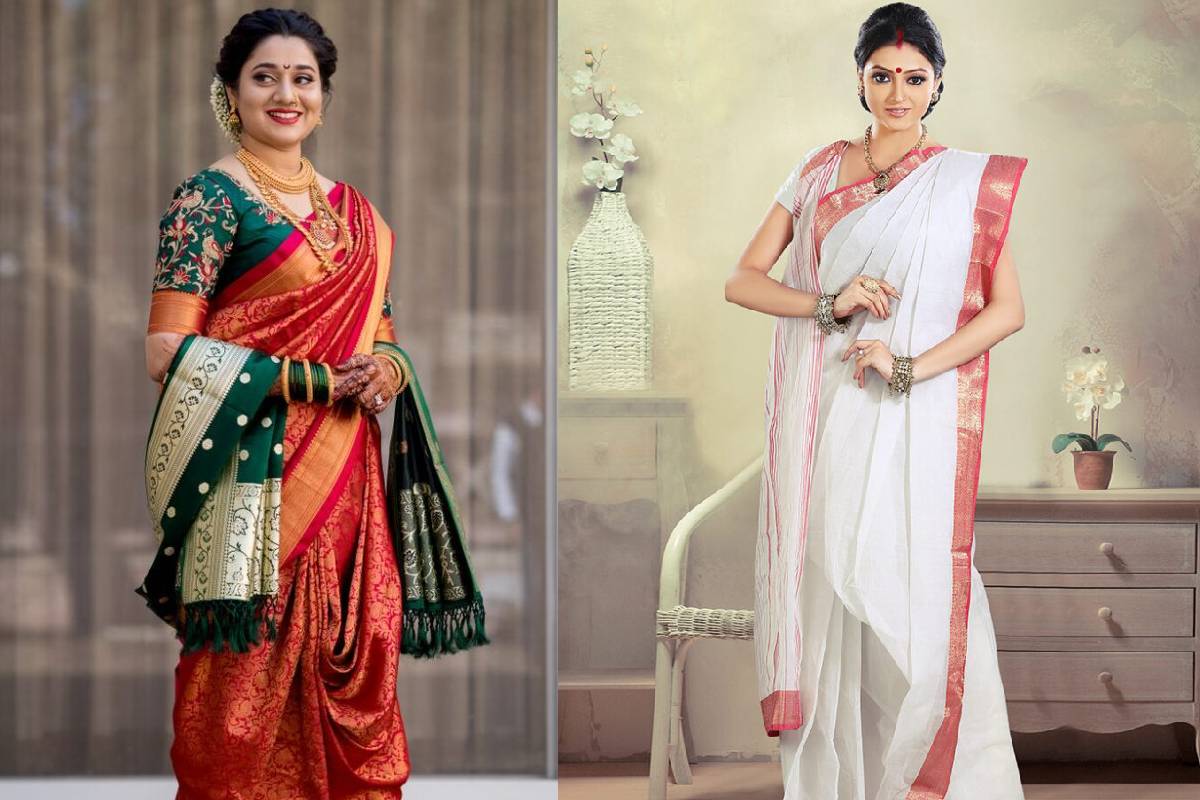
Indian heritage and culture are well-known worldwide. Many Indian states still practice the ancient custom of saree wearing. Particularly when it comes to saree draping methods, each state has its unique customs and fashions. No matter their age, women always wear sarees.
Traditional sarees come in a variety of hues and materials, making them suited for women of many body shapes and skin tones. In this article, we’ll look at some of the state-specific saree-draping customs that make India a blending pot of many ethnicities and fashions.
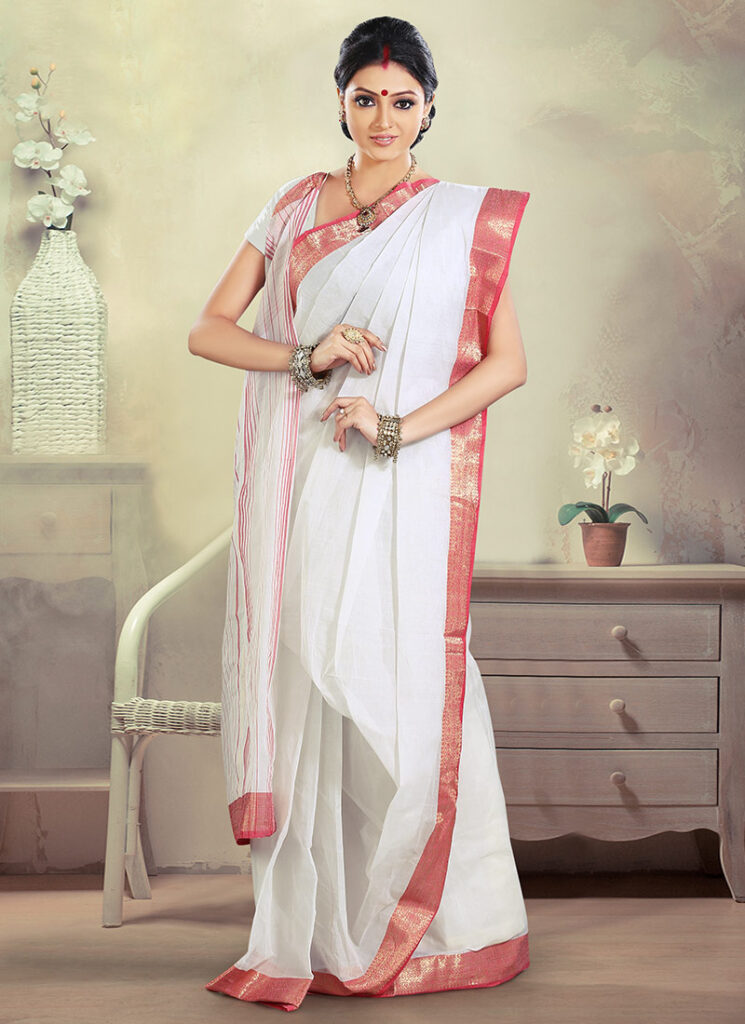
Atpoure saree is an ethnic highlight specific to the state of West Bengal. This classic style is worn by women during festivals and major celebrations. The Bengali saree stands out from other ethnic wear with a crimson border and white saree. The term ‘atpoure’ means eight folds.
The Atpoure saree style is draped using the Lar par saree mostly. The color red denotes fertility, good fortune, fresh starts, and desirable qualities. whereas the color white stands for innocence, patience, and women empowerment. Married women wear the traditional lar par saree.
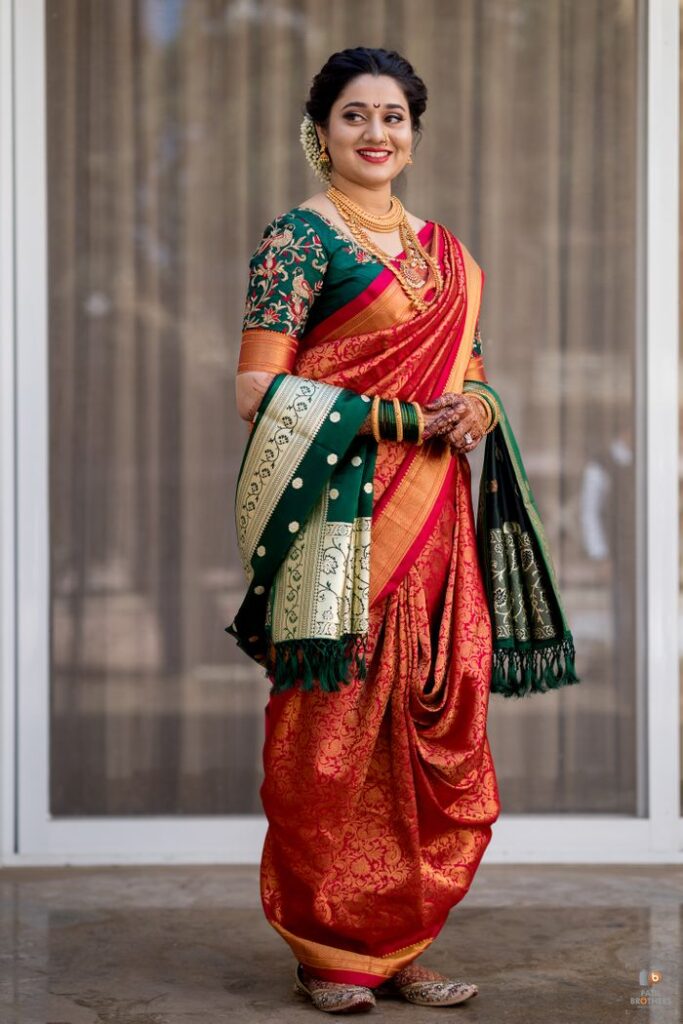
Maharashtra uses the Nauvari saree draping technique. It combines the saree with the wrapped-dhoti style. The Nauvari style of draping is used to drape sarees for the Lavani dance, which is notable for being performed in Maharashtra. Due to its nine-yard length, the Nauvari saree was given this name. Nauvari saree is unstitched and can be flexibly worn in any style. Its length is 9 to 11 yards and 50 to 52 inches wide. Nauvari saree is also known as Lugade.
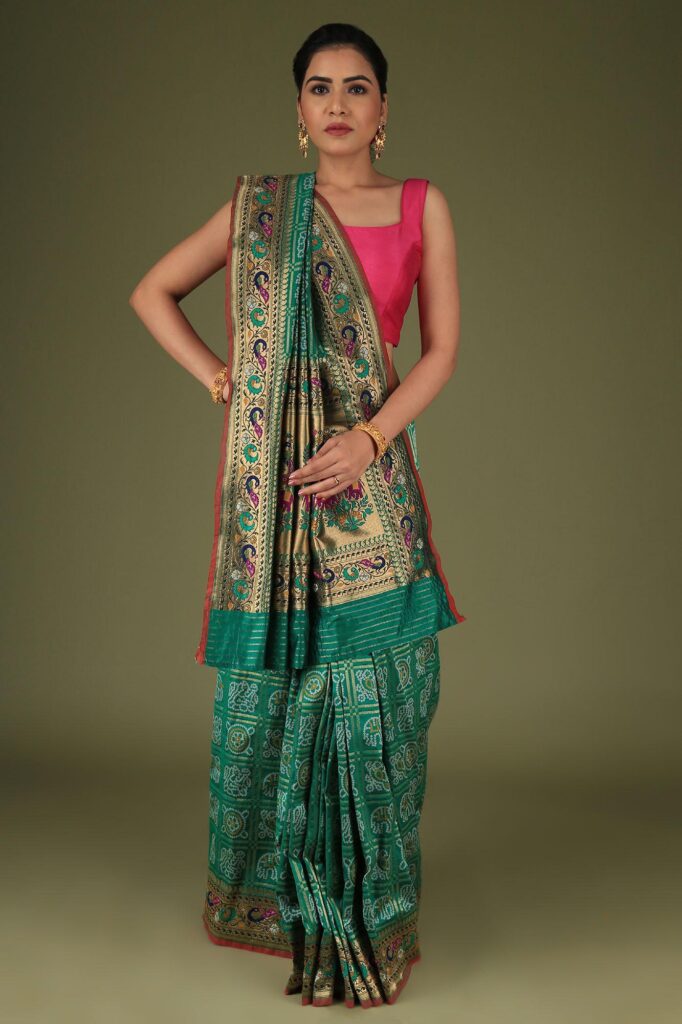
Seedha pallu sarees is an Indian style of saree draping practiced in the Indian states of Uttar Pradesh, Gujarat, and Odisha, and are commonly worn by normal women. The designed part of the saree is adjusted to a short length at the front and is tucked in properly with pins.
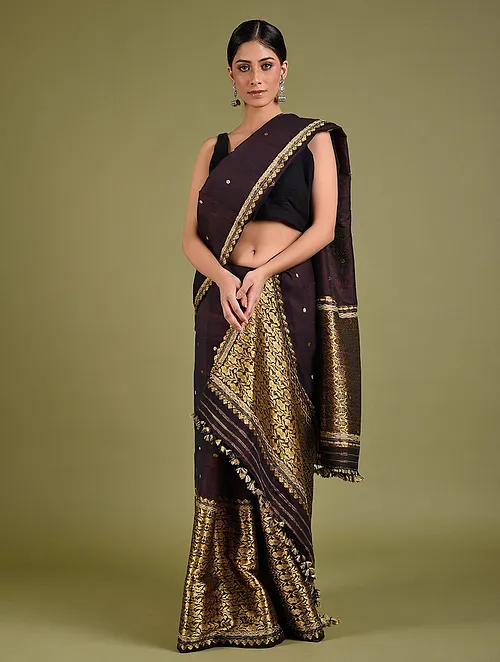
Mekhela chadar draping style is a traditional style used in Assam and is especially draped using handloom sarees. It is a two-piece outfit worn by teenage girls during festivals and functions.
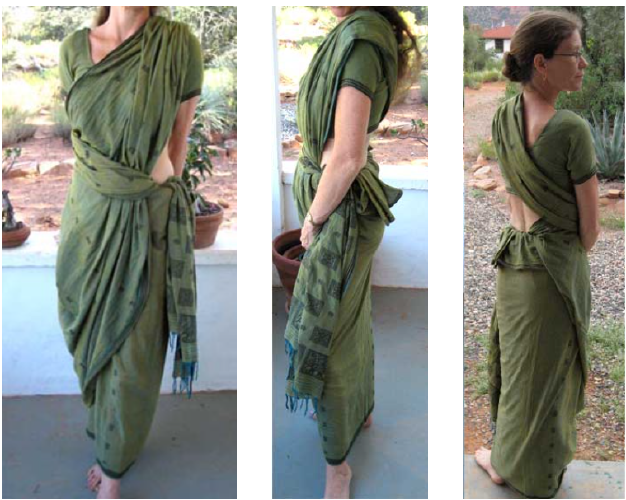
Pinkosu is a saree-draping method devised in Tamil Nadu and is worn during summer. Any woman, regardless of their body type, can wear this draping style since it provides total coverage. Pleats in the back are referred to as Pinkosu. The ideal fabrics for this draping technique are silk and handloom sarees.
Also Read: Top 10 Saree Brands in India
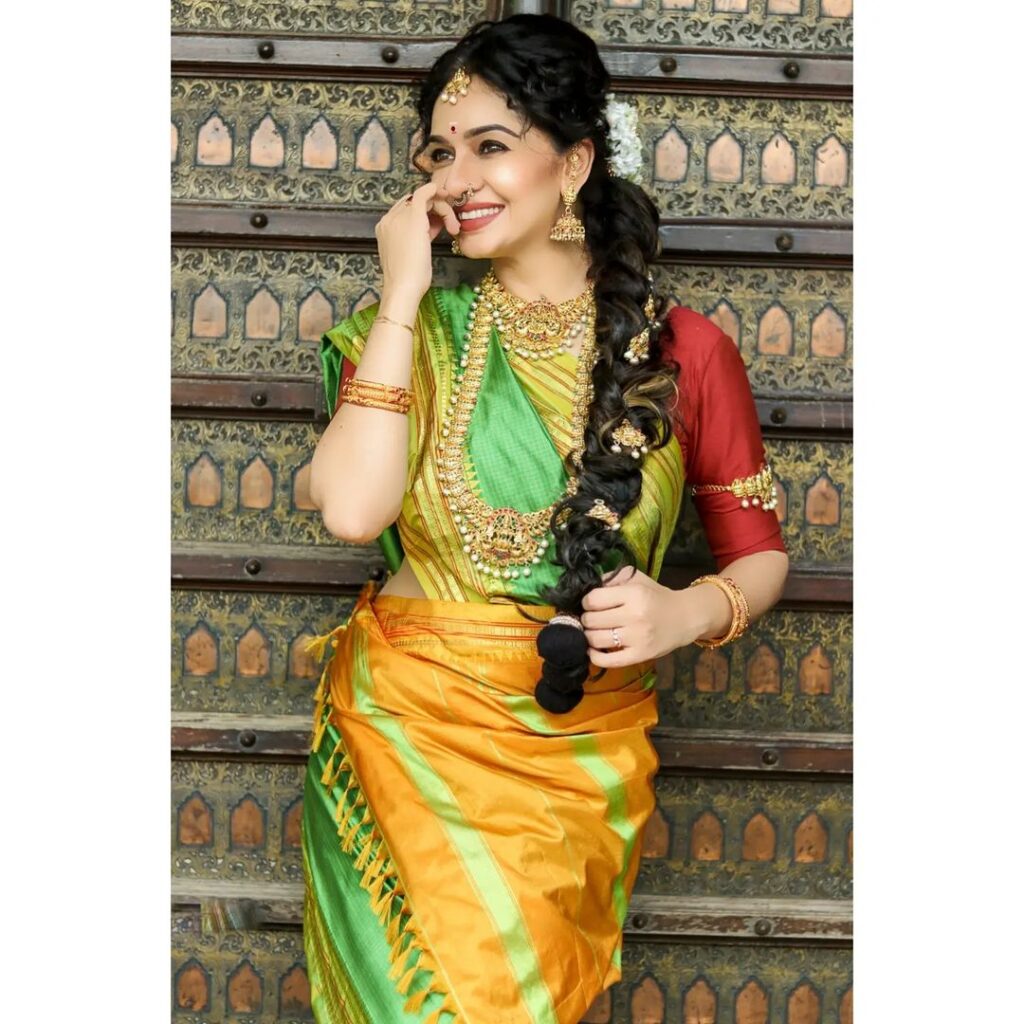
This significant and unique traditional draping style is followed by married women as a symbol of happiness and prosperity after marriage. It is specifically worn by the Iyengar and Iyer cultures of Tamil Nadu. It is now used only on special occasions. This style can be worn without a blouse.
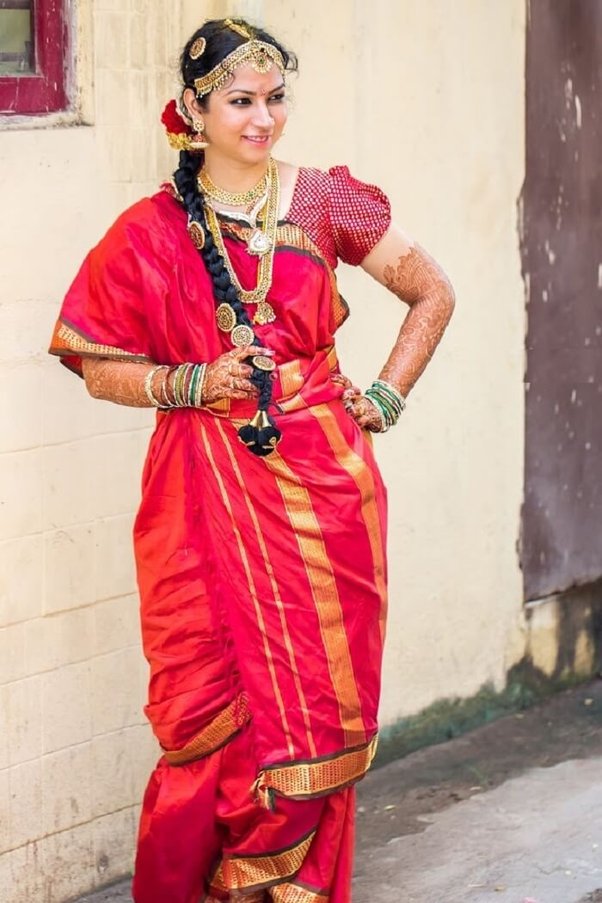
Kappulu is a style, particularly for women of Andhra Pradesh. It is one of the most intriguing and sophisticated draperies. It is solely worn by elderly Kappulu caste ladies. The Kappulu is a really unique style of drape that almost has a Grecian feel. The end piece features two beautiful cascades of pleats that wrap twice around the waist.
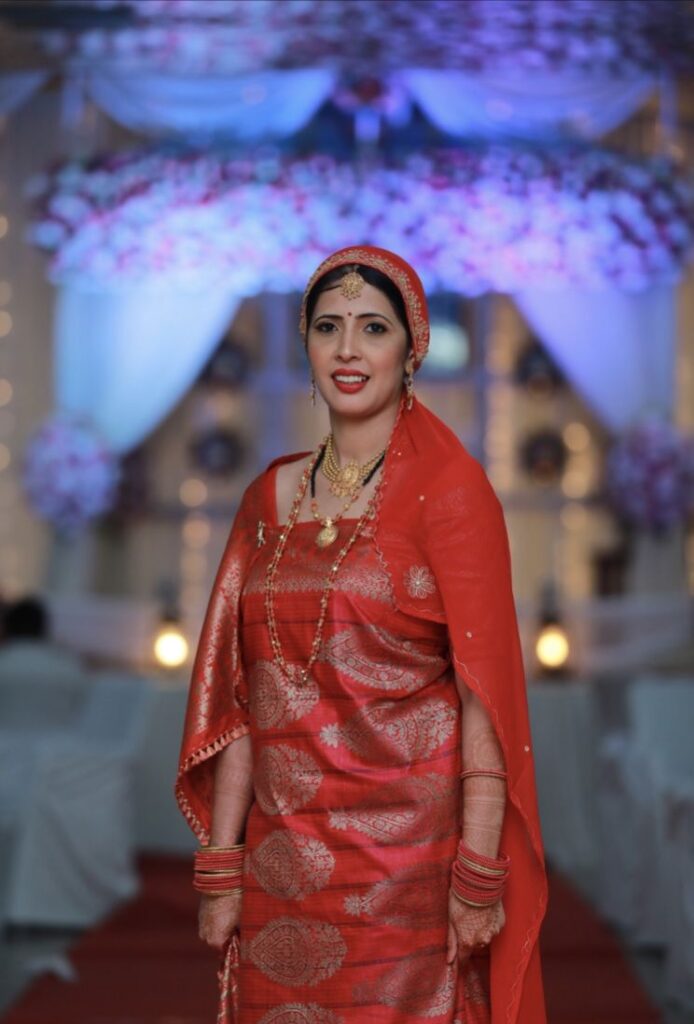
To help women climb the area’s steep mountainside, sarees were draped in the Coorg manner. Because of this, they could climb trees and perform strenuous daily tasks. The brides donned red and gold Kanjeevaram silk sarees for their nuptials in this fashion.
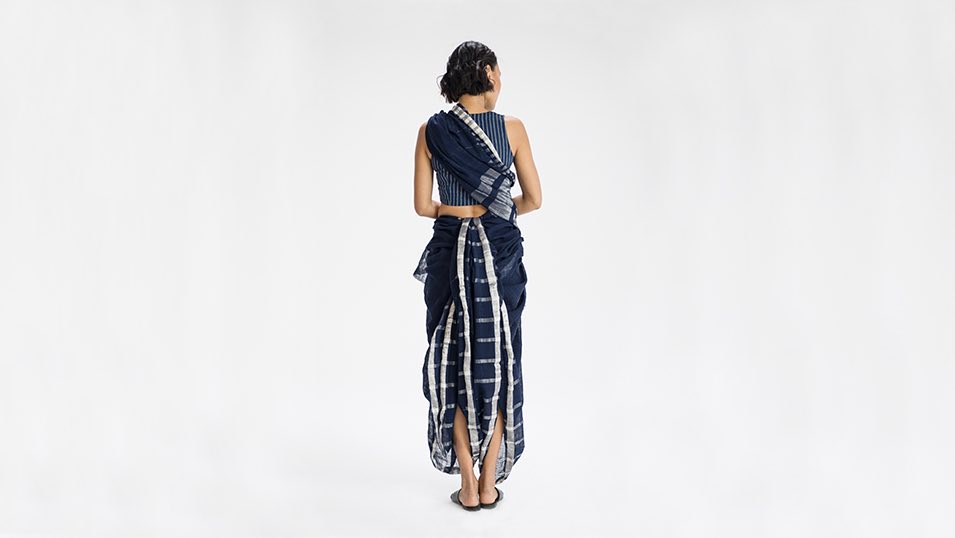
North Goa women wear this short, knee-length saree drape, which is also known as the shepherd’s drape. Although it would be better draped if the two sections were let down to calf length, it is suitable for grazing in the forest.
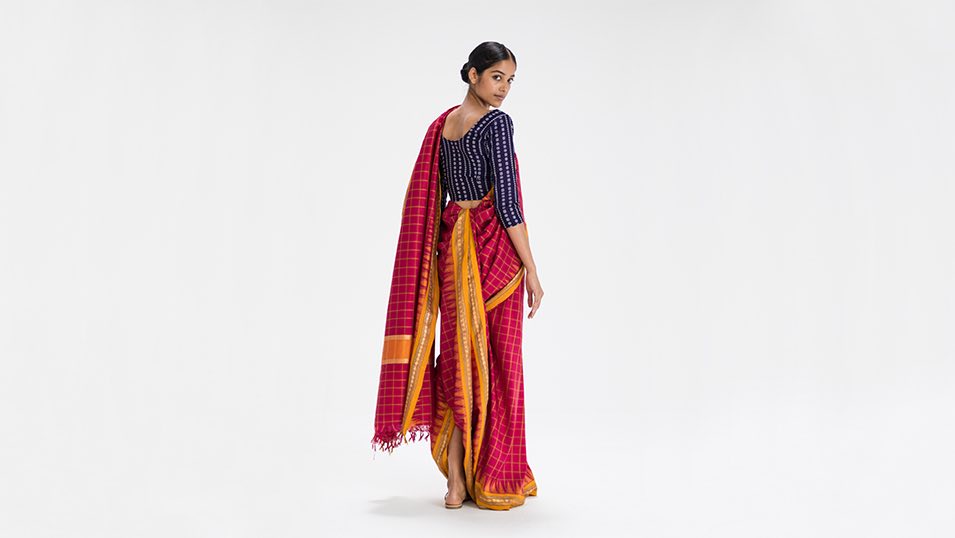
This saree draping technique provides a rural, rustic appearance. Gochi Kattu is a Telangana-based saree-draping technique popular among working-class women. As it is wrapped like a dhoti and permits women to labor unrestrictedly in the fields, this kind of saree draping is comparable to the Nauvari.
These clothes are now worn by women over the age of 40 in rural areas of Siricilla, Karimnagar, Nizamabad, and Adilabad districts. A unique type of saree known as the navvar is required for the Gochi Kattu draping technique. They are constructed of cotton and are available in many vibrant colors. This saree has an air of equality about it since it is worn by ladies of all castes and socioeconomic classes.
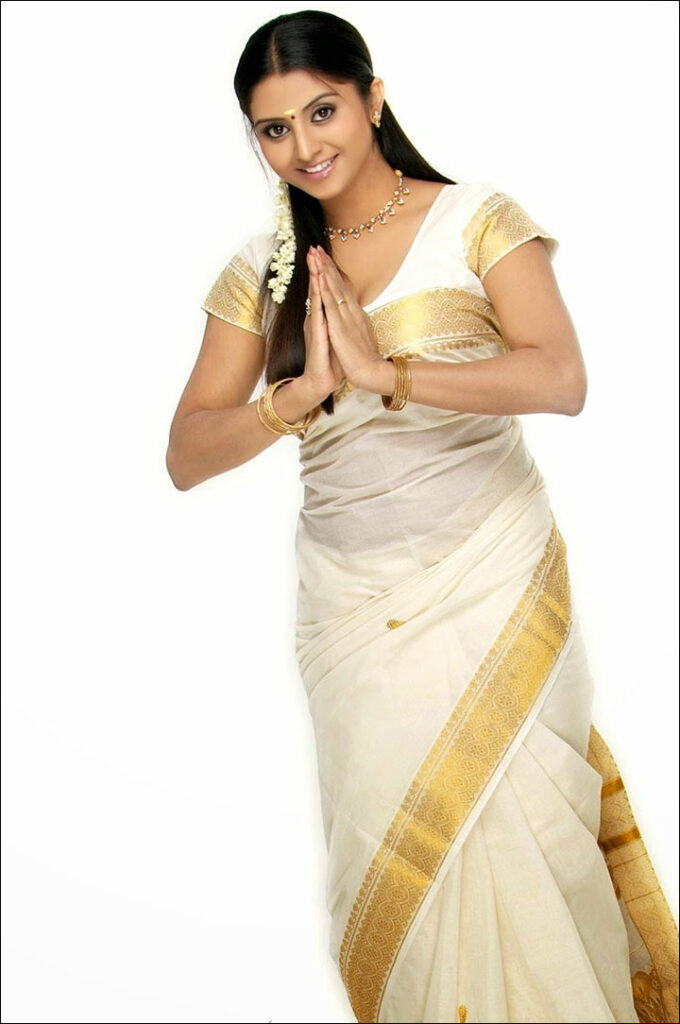
The lack of a pallu makes this Kerala saree design unique. Except for certain Keralan traditional dances at festivals, the Namboothiri saree draping form is less common today. It was customarily worn during the harvest festival of Onam and the new year, Vishu, in Kerala.
The Settu Mundu and Kasavu draping styles, which often feature a white saree with gold borders, are more well-liked. However, the Namboorthiri style is a two-piece traditional dress in which the bigger piece of fabric is inserted into the blouse and the smaller piece is slipped into the petticoat to reveal the golden border on the left.
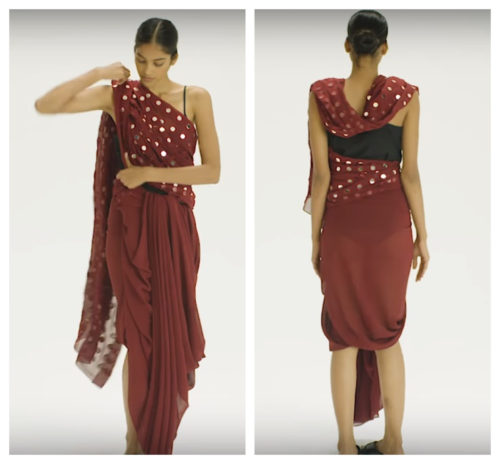
This drape design is distinctive of Andhra Pradesh. By tucking pleats at the rear waist and pushing them under the leg, the bottom portion of this garment is fashioned to resemble a dhoti. Pallu is cinched around the waist and pulled over the shoulder.
Different saree draping techniques offer us a sense of the many traditions and cultures that exist in our nation. They also show how various physical tasks that women were and are still obliged to engage in gave rise to various saree draping techniques. Even if some of these fashions are no longer worn every day, they are nonetheless displayed during special events and other times when it is appropriate to uphold tradition.
Frequently Asked Questions (FAQs)
What state is well-known for its traditional sarees?
Kolkata, the capital of West Bengal, is frequently described as India’s cultural heartland and is well-known throughout the nation for its traditional Bengali sarees. Most women who wear Garad sarees maintain their timeless beauty, while the patterns on its light red border give it an even more alluring touch.
What kind of fabric is a saree made of?
Our busy lifestyles require a wide variety of textiles, and the ones that best fit them for fashion draping include flexible knitted fabrics, chiffon, georgette, organza, transparent cotton, linen, and relatively lightweight silk fabrics. Clothes and fabrics must be compatible with our lifestyles.
Which saree is the most simple to drape?
Sarees made of georgette are light and simple to drape. Most silk yarn georgette and imitation georgette sarees can be pleated. There are many different patterns and designs for georgette sarees. The classic appearance of the majority of sarees is still maintained by cotton and silk sarees.
How many different kinds of traditional sarees exist?
In India, sarees come in more than 30 different styles, including Banarasi Silk Sarees, Kasheeda Silk Sarees, Khun Silk Sarees, Kasuti Silk Sarees, Chanderi Sarees, Tant Sarees, Kanjeevaram Silk Sarees, Batik Print Silk Sarees, Tussar Silk Sarees, Assam Muga Silk Sarees, etc.